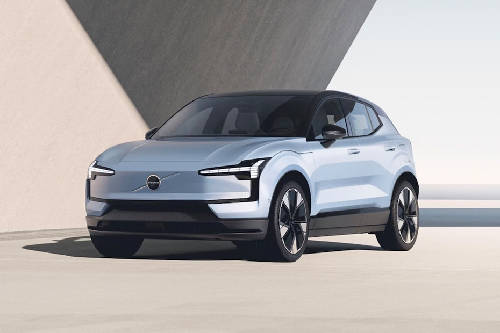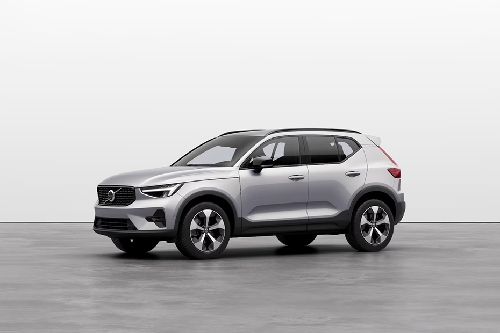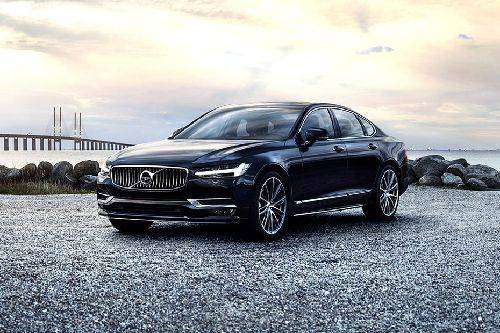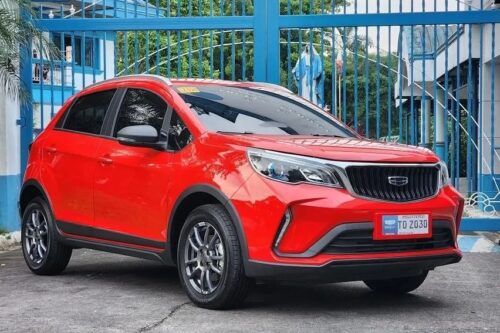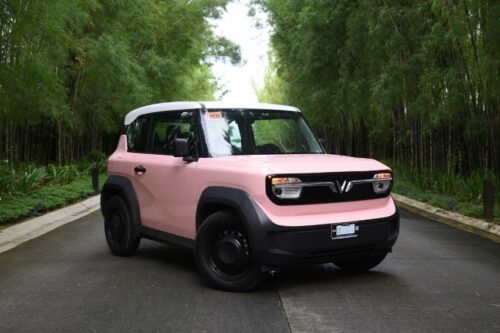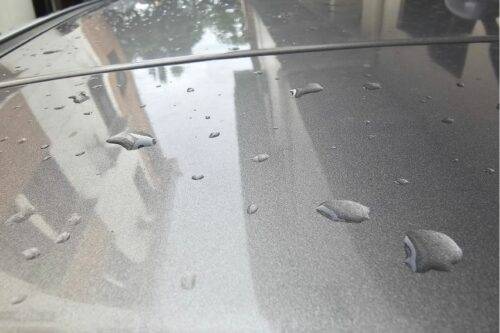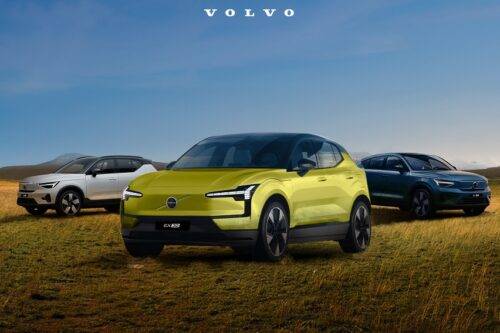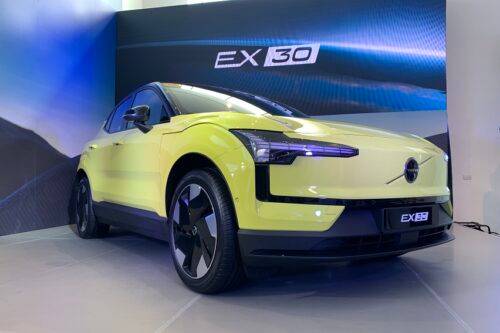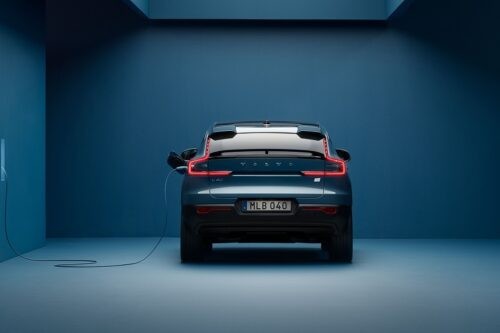Volvo Concept Recharge shows brand's EV design and aspirations
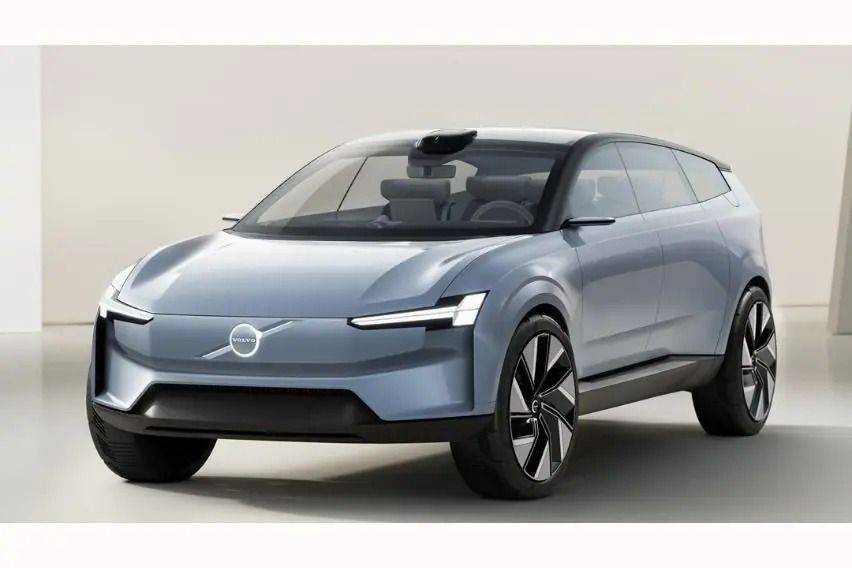
MANILA: Volvo Cars explains how the pure electric Concept Recharge represents the carmaker's EV development, aside from showing Volvo's future design language.
KEY TAKEAWAYS
What is Volvo's aim with the Concept Recharge?
The Volvo Concept Recharge previews how the carmaker is reducing CO2 emission both in the EV itself and in how the EV is produced.What kind of sustainable materials does the Concept Recharge use?
Inside, the Concept Recharge uses fabric made from recycled materials and plant-based composites. The car's Pirelli tires are made from 94% fossil-free substances."With the Concept Recharge, Volvo Cars demonstrates the steps it will take in all areas of pure electric car development to reduce its cars’ and its overall carbon footprint," Volvo stated in a release.
"The company plans to sell only fully electric cars by 2030 and aims to be a climate-neutral and circular business by 2040," it added.
The Concept Recharge uses sustainable materials inside, and its tires are made from recycled and renewable materials.
When combining those steps with the use of clean energy throughout the car's manufacturing process and lifespan, Volvo believes it can reduce a car's lifecycle CO2 impact by 80% versus a 2018 Volvo XC60.
 At the same time, the "inherent premium qualities that Volvo cars have become known for" will not be lost, Volvo insisted.
At the same time, the "inherent premium qualities that Volvo cars have become known for" will not be lost, Volvo insisted.
On the tech aspect, Volvo Head of Strategic and Brand Design Owen Ready said that instead of adding batteries to increase the range of Concept Recharge, Volvo has to "increase overall efficiency" instead.
Ready adds that the goal with the Concept Recharge is to offer efficiency and interior space, which are brought by the compact battery size.
The carmaker's CO2-reduction goals continue to be seen inside the Concept Recharge, which uses Swedish wool, environmentally responsible textiles, and lightweight composites created from natural sources.
 Swedish wool is used in the seat backrest and instrument panel top. Meanwhile, the floor and lower doors are covered by a rich carpet of 100 percent wool.
Swedish wool is used in the seat backrest and instrument panel top. Meanwhile, the floor and lower doors are covered by a rich carpet of 100 percent wool.
The seat cushions and touch surfaces on the door are made from an environmentally responsible material that contains Tencel fibers, which reduces the plastics inside the car. This fabric contains "durable strength and is soft to the skin," which have been produced through a highly water- and energy-efficient processes.
The seatbacks and headrests, as well as part of the steering wheel, use a new material created by Volvo called Nordico. It is made from bio-based and recycled ingredients that come from sustainable forests in Sweden and Finland, providing a CO2 footprint that is 74% lower than leather.
Elsewhere in the interior, the Concept Recharge uses a flax composite, developed by Volvo Cars in collaboration with suppliers. It uses fibers from the linseed plant, which are mixed with composites to provide a strong and lightweight material
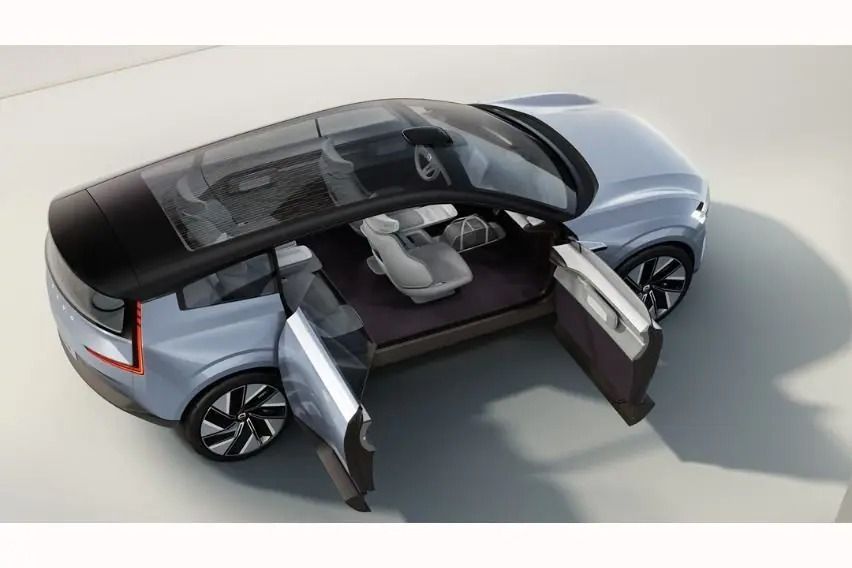 On the exterior, the front and rear bumpers and sill moldings also consist of flax composite, which further lowers the plastics used.
On the exterior, the front and rear bumpers and sill moldings also consist of flax composite, which further lowers the plastics used.
As for the special tires of the Concept Recharge, these are made by Pirelli and are made from 94% fossil-free materials such as natural rubber, bio-silica, rayon, and bio-resin.
Beyond its sustainable materials, electric powertrain, and special tires, Concept Recharge also improves the environmental credibility of SUVs through efficiency and aerodynamics.
The Concept Recharge's exterior design aim for the best aerodynamics, with a new wheel design, a lower roof, and a more upright rear end.
"As such, it takes the classic SUV shape and improves airflow to increase range, while offering the incredible space opportunities that come naturally with an electric car and its lower floor," Volvo explained.
Photos from Volvo
Also read: Volvo plug-in hybrid models usher in ‘electrifying future’
Sell your car at the best price
 Verified and genuine buyers
Verified and genuine buyers
Volvo Car Models
Trending & Fresh Updates
- Latest
- Popular
You might also be interested in
- News
- Featured Stories
Volvo Featured Cars
- Latest
- Popular
Latest Volvo Car Videos on Zigwheels

Volvo Car Articles From Carmudi
- journal

